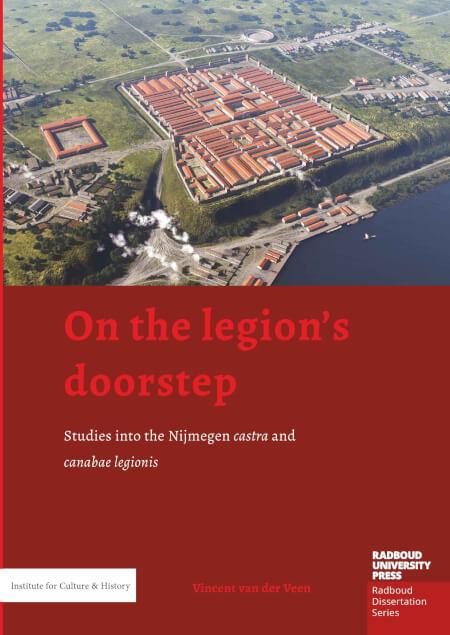On the legion’s doorstep: Studies into the Nijmegen castra and canabae legionis
Keywords:
Roman army, Military fortifications, Legionary fortress, Extramural settlement, Material culture, Spatial distributionSynopsis
From c. AD 71 to 104, the Roman Tenth Legion was stationed on the Hunerberg in Nijmegen. The legion was housed in a
fortress, initially built in timber and later rebuilt in stone. After the legion left for Budapest, the fortress was occupied by
detachments of other units. Directly outside the fortress settled the veterans, partners and children of the troops living in the
fortress, traders, craftspeople and other civilians who accompanied the army.
The aim of this thesis is to investigate various aspects of the Nijmegen legionary fortress, its extramural settlement and the
relationship between the two communities that lived there. This is done through an analysis of selected categories of material
culture and their distribution across the two complexes.
The selected categories are: terra sigillata potters’ stamps, coins, tile stamps, military equipment, horse gear and (gendered)
brooches. Some of the topics addressed are the chronology of both sites, construction and repair activities, the composition of
the fortress’ garrison, evidence for production and recycling of military equipment and the presence of civilians - and women in
particular - living or working in the fortress.

Published
Series
Categories
License

This work is licensed under a Creative Commons Attribution-NonCommercial-NoDerivatives 4.0 International License.

